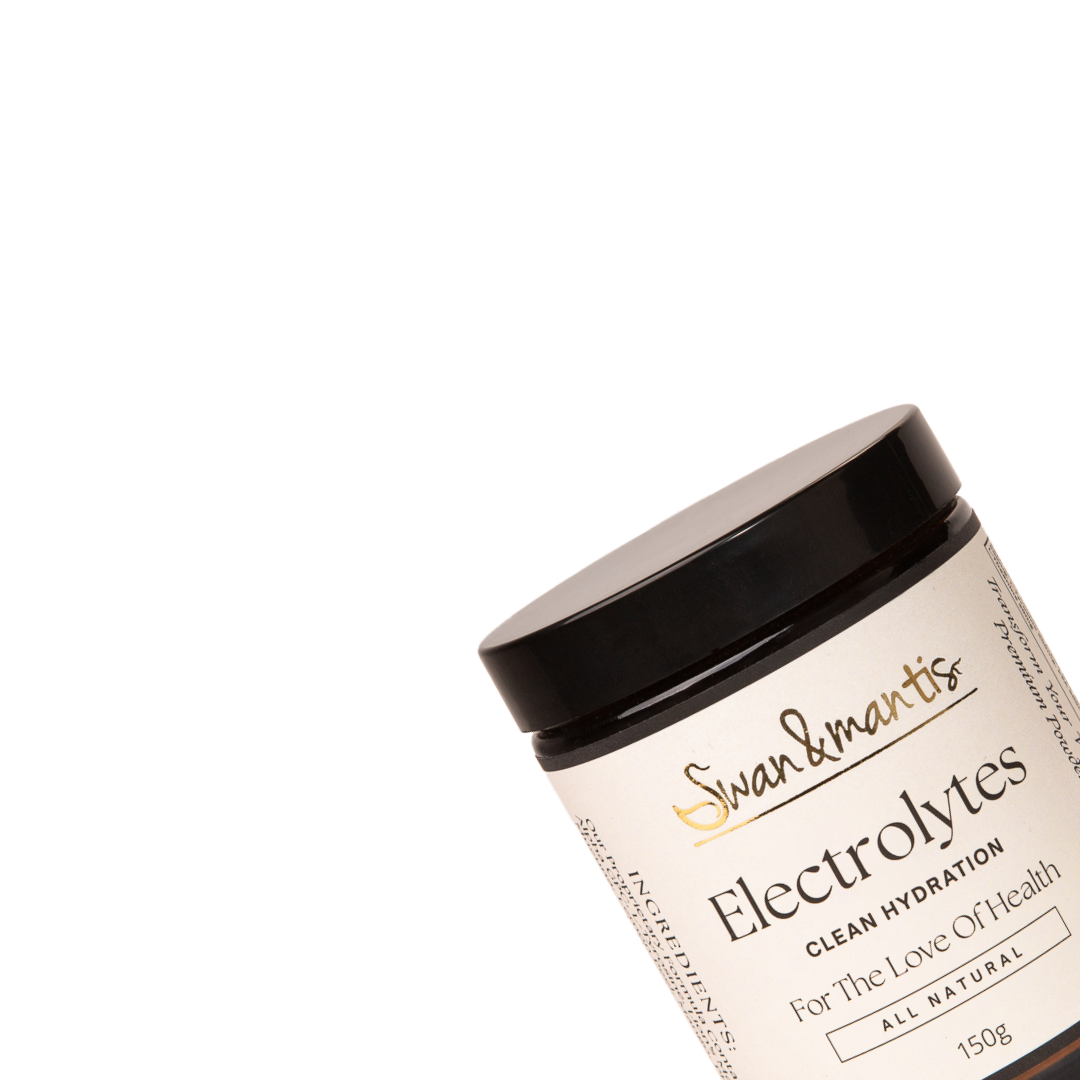AST Enzymes Lacto-Relief Milk & Cheese Digestion
|
|

T he Difficulties of Dairy: Milk is one of the best sources of essential nutrients such as protein and calcium, yet many people struggle with proper digestion of milk and dairy products. In fact, milk-related digestive issues, such as lactose and milk protein intolerances, has created an aversion to dairy consumption, leaving many people subject to inadequate nutrition.
he Difficulties of Dairy: Milk is one of the best sources of essential nutrients such as protein and calcium, yet many people struggle with proper digestion of milk and dairy products. In fact, milk-related digestive issues, such as lactose and milk protein intolerances, has created an aversion to dairy consumption, leaving many people subject to inadequate nutrition.
Lactose intolerance, a condition characterized by the inability to break down the sugar found in milk, affects 10 to 16 percent of the entire American population. Lactose intolerance is the result of the body’s inability to produce enough of the enzyme lactase. Lactase deficiency can develop over time; sometimes beginning as early as age 2, when the body begins to produce less lactase. Lactase deficiency can also be the result of damage to the small intestine from severe digestive diseases or a congenital absence of the lactase gene.
In normal digestion, lactase breaks down the milk sugar lactose into glucose and galactose, two simpler forms of sugar. Glucose and galactose are then absorbed into the bloodstream. In people with lactose intolerance, when the lactase produced is insufficient to digest the amount of lactose consumed, the bowel retains water. Undigested lactose then passes from the small intestine into the colon where it is fermented by bacteria. The resulting symptoms can include cramping, bloating, gas, nausea and diarrhea.
According to the National Institutes of Health, specific populations show even higher levels of intolerance: 95 percent of Asians; 60 to 80 percent of African Americans and Ashkenazi Jews; 80 to 100 percent of American Indians; and 50 to 80 percent of Hispanics. For many, milk proteins are an added problem and can cause milk protein intolerance in dairy-sensitive individuals.
Digestive enzyme supplementation can help make dairy digestible and enjoyable again.
Introducing Lacto-Relief by AST Enzymes
Lacto-Relief is specifically designed to aid in the digestion of dairy products. The proprietary, multi-enzyme blend in Lacto-Relief includes lactase USP, amylases, proteases, lipase, alpha-galactosidase, HemiSEB® (a proprietary blend of hemicellulases, beta-glucanase, xylanase, pectinase and phytase), and cellulase. The combined action of these ingredients makes Lacto-Relief a powerful digestive enzyme formula.
Lacto-Relief for Total Dairy Digestion
Lacto-Relief is a complete formula for digestion of dairy products. Lactase in Lacto-Relief hydrolyzes lactose, thereby relieving the discomfort of lactose intolerance.
Lacto-Relief not only aids in lactose digestion, but also in digestion of milk proteins and other foods consumed with dairy products.
Several milk proteins present in dairy foods have the potential to cause indigestion, as well as milk protein allergies. The most common proteins include casein, alpha and beta lactoglobulins, immunoglobulin and albumin. The powerful protease enzymes present in Lacto-Relief help hydrolyze these proteins, significantly reducing their potential for digestive problems.
Dairy products are typically consumed with other foods, which further complicates digestion. For instance, in addition to lactose, milk protein and lipids, a meal may contain non-digestible sugars (oligosaccharides) from grain and legumes, which can result in gas and bloating. Lacto-Relief contains HemiSEB®, an enzyme complex that breaks down hard-to-digest components of plant fiber, and helps unlock trapped metabolic energy and nutritive factors.
Lacto-Relief’s comprehensive enzyme formula meets every digestive challenge.
Sources of Hidden Lactose You May Not Have Known
Bread and other baked goods; waffles, pancakes, biscuits, cookies and mixes to make them; processed breakfast foods such as doughnuts, frozen waffles and pancakes, toaster pastries, and sweet rolls; processed breakfast cereals; instant potatoes, soups, and breakfast drinks; potato chips, corn chips and other processed snacks; processed meats, such as bacon, sausage, hot dogs and lunch meats; margarine; salad dressings; liquid and powdered milk-based meal replacements; protein powders and bars; candies; non-dairy liquid and powdered coffee creamers; and non-dairy whipped toppings.
Enzyme Activity in Lacto-Relief (Proprietary Blend):
|
Enzymes |
How It Works |
|
Lactase USP |
Breaks down the milk sugar lactose over a wide range of temperatures and pH. |
|
Amylases |
Breaks down carbohydrates and starches into smaller sugars that are readily absorbed; produced naturally by humans, microorganisms and plants |
|
Proteases |
Hydrolyze protein such as casein, alpha and beta lactoglobulins, immunoglobulin, albumin and other plant and animal proteins into smaller chains of polypeptides (small proteins) and amino acids for easier uptake throughout the body |
|
Lipase |
Breaks down fats into essential fatty acids needed for healthy tissues and cells |
|
Alpha-Galactosidase |
Breaks down complex carbohydrates commonly contained in legumes such as raffinose and stachyose |
|
Hemicellulase |
Breaks down carbohydrates, including fiber and other plant polysaccharides |
|
Beta-Glucanase |
Hydrolyzes beta-glucans found in cereal grains, improving the digestibility of wheat, rye and barley based foods |
|
Xylanase |
Breaks down non-starch polysaccharides, particularly fiber from grains, legumes and other plant based foods |
|
Pectinase |
Hydrolyzes and depolymerizes naturally occurring pectin found in ripe fruits and vegetables |
|
Phytase |
Cleaves and frees bound minerals like phosphorus from the phytic acid molecule present in many plant based foods |
|
Cellulase |
Breaks down carbohydrates, like fiber and other plant polysaccharides |


